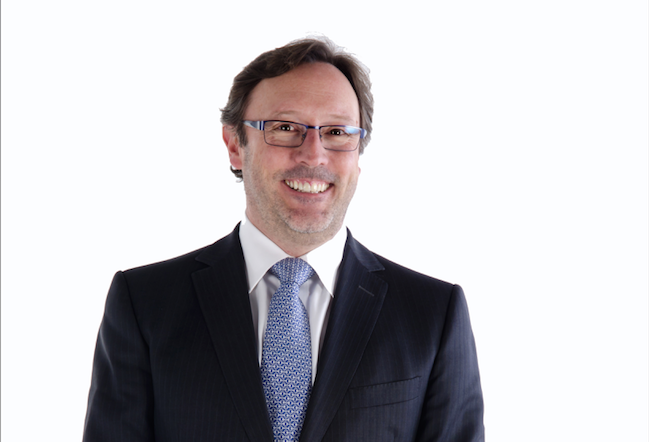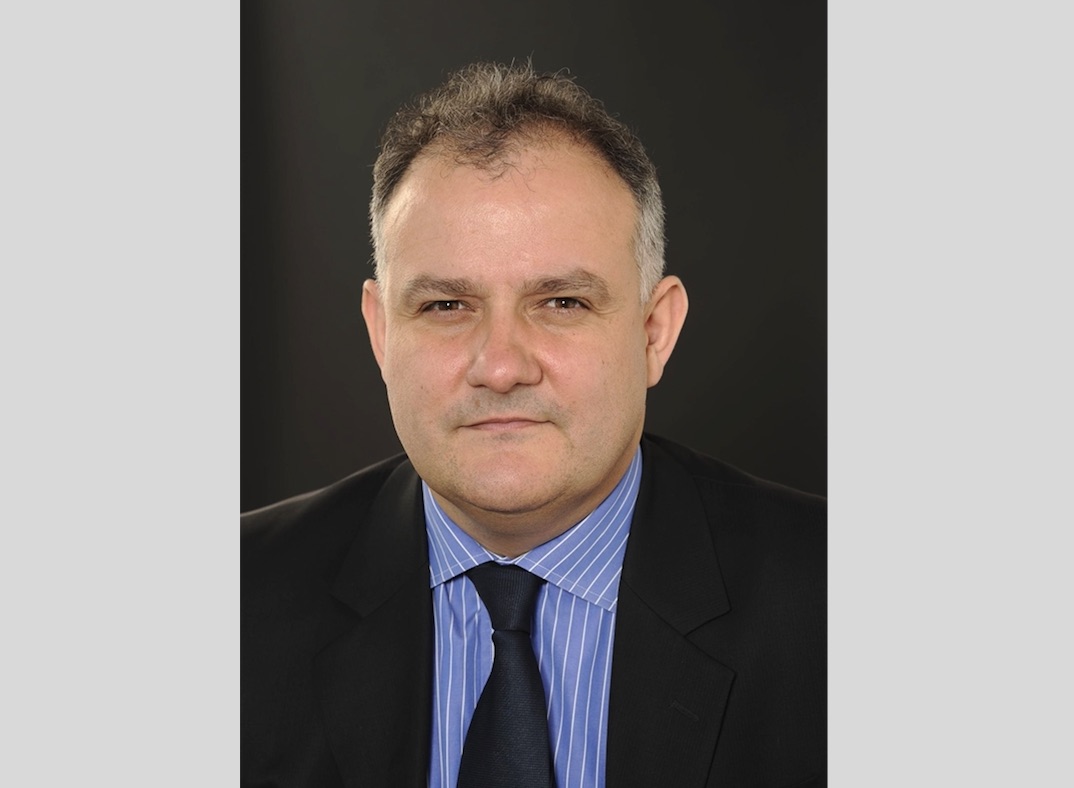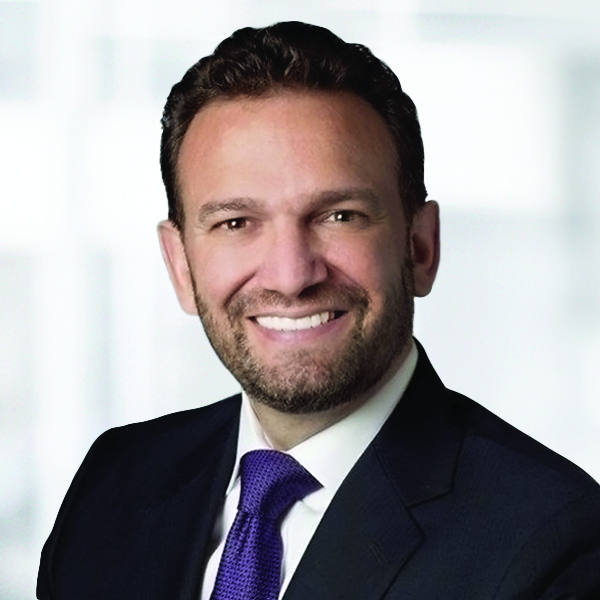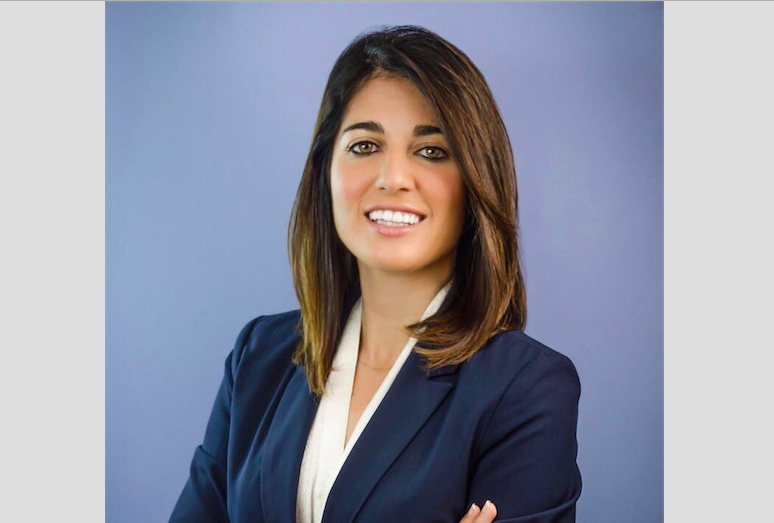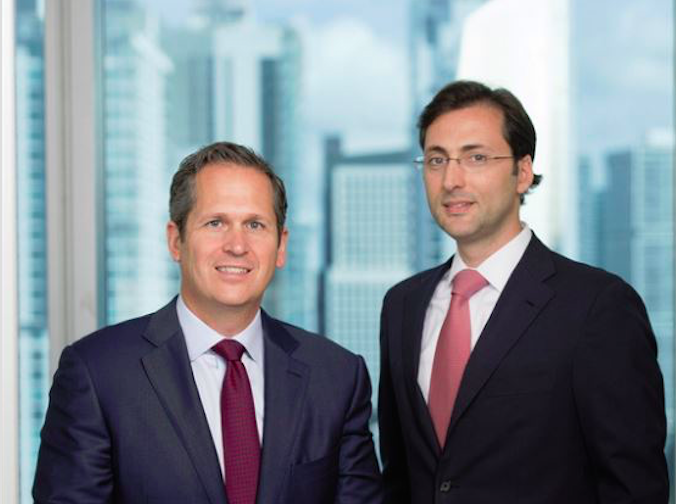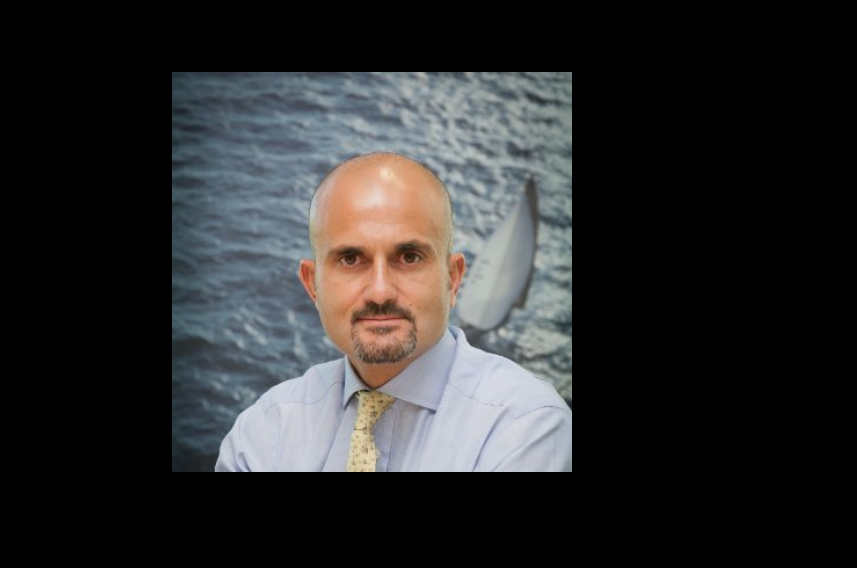BlackRock’s Landers: “Mexico Stock Market Opportunities Could Become More Attractive”
| For Fórmate a Fondo | 0 Comentarios
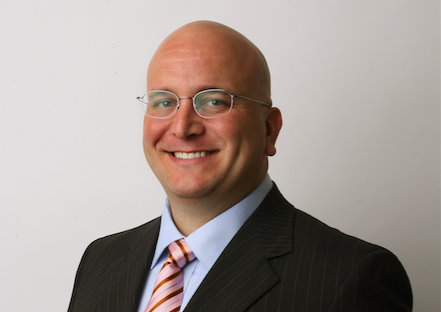
In recent years, Brazil’s investment history cannot be reviewed without seeing a mixed picture, but one thing that William Landers, Head of BlackRock’s Latin American team, is confident of, is that Michel Temer’s arrival in government following Dilma Rousseff’s ‘impeachment’, is going to turn policies around, placing the country on its way to recovery. However, in the short term, much of what happens in emerging markets will depend on the proceedings of the Trump administration.
Landers, who is a portfolio manager of the firm’s range of Latin American equity funds, estimates that a key factor in capital flows this year will have to do with the possibility of the U.S. government launching a corporate tax reform. “A plan of this kind would make U.S. companies more attractive to investors and would draw in the money that is in foreign subsidiaries to put it to work in the United States,” he explains.
Precisely because of the doubts aroused by Trump’s policies, Landers’ team keeps Mexico strongly underweight in the portfolio. “If as an investor you have a vision between 1 and 3 years, then there are many Mexican stocks that make sense. But we’re probably going to have the chance to buy these shares cheaper, so our vision right now is to wait. In Mexico what we are really waiting for is to see a better market entry point.” In fact, BlackRock believes that even Peru or Argentina are more interesting markets in which to be right now.
Brazil Sets the Stage for Improvement
In Latin America, Brazil’s economy provides the other end of the spectrum to Mexico’s ‘stand by’ story. If during the last quarter of 2016, following Trump’s victory, Mexico raised interest rates by 100 basis points to 5.75% to contain peso volatility, Brazil was going in the opposite direction by starting a relaxation cycle with a cut of 50 basis points, placing the interest rate at 13.75%.
“If we look at what we have learned in 2016, especially when it comes to equities, we can say that the market was not looking at what was happening at the time. What I mean, from an economic perspective, is that growth was still negative in several Latin American countries, inflation remained very high in some of them, and then came a series of events that no one believed could possibly happen, such as China’s earlier last year, Brexit, the Fed’s measures, Trump…. but something very important happened in the region, which was Dilma Rousseff’s impeachment in Brazil. This really changed the country’s direction in such a way that we still don’t know what the result will be, but it has put the present Temer government on its way to solve the country’s problems,” he explains.
Landers believes that, in a way, Brazil’s economy is similar to the US economy, in that it depends on its own growth. Although the US market is very open and Brazil’s is not, the BlackRock portfolio manager points out that both countries have exports that are equivalent to only 10% of their GDP. Thus, he says, for Brazil, the rate of inflation is much more important than the growth rate in the United States or China.
“It is true that there are several companies in BOVESPA, the local stock exchange, that depend on global trade. I’m thinking of Vale, or Bradespar, which we recently added to our portfolio. For these companies, it is relevant what happens in China, and whether Donald Trump finally sets an infrastructure spending plan in motion, which would also be positive in the short term for Chile or Peru.”
During the last 10 years, we have seen an unprecedented expansion in Brazil’s middle class, and that they managed to control inflation, drop interest rates significantly, and return job creation to double-digit rates. On that basis, Brazil has just gone through a political moment in which it has had to restore credibility in its institutions. And Landers believes it has managed to do so.
“We are seeing that investors are regaining trust in the country, business owners also feel more confident about the economy. In short, confidence has improved. It is true that consumption still does not reflect this and has not yet recovered, just as employment has not. But you can see that it is headed down that path, and I believe that in the first quarter of this year we will see that things are starting to improve somewhat” he says.
And he adds: “However, even if Brazil does not reach the growth rate we expect, going from a negative growth rate in the last years of -3.5% or -4% to a positive growth rate of 0.5% is a jump that we are not going to see in any other economy in the world, and this is really going to cause the central bank to start cutting interest rates, although it will not do so very aggressively and will not surprise the market with these measures. So this is the story that makes us think that Brazil is going to do well and that’s why 2/3 of our investments are here. Brazil has a lot of room for growth.”
Changes in the Portfolio
During the last quarter of 2016, BlackRock’s BGF Latin American Fund, which selects between 50 and 70 equity securities in Latin America, divested positions in a number of Mexican securities.
In Brazil, the fund maintains a large overweight, favoring companies that stand to benefit from improved governance and from falling interest rates.

